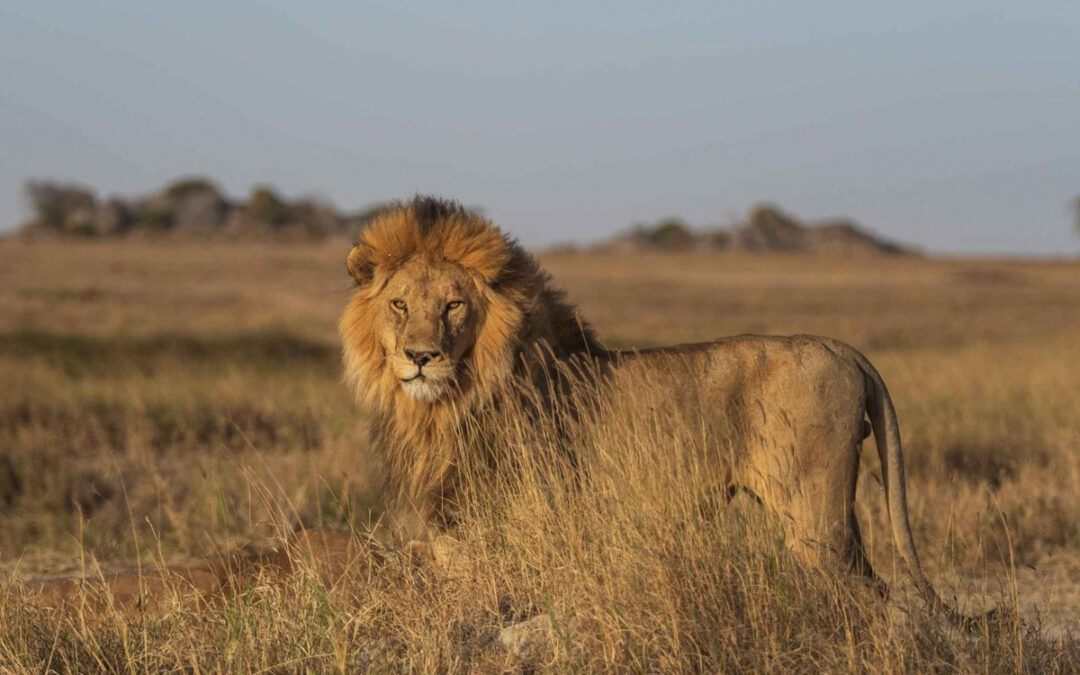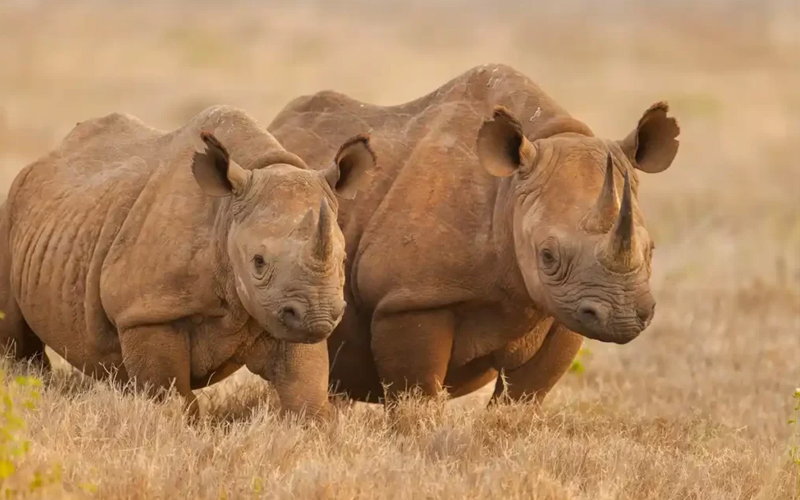Tanzania Safari Photography Tips 2025 Big Five
Tanzania is a dream destination for wildlife photographers, offering some of the best opportunities to capture Africa’s legendary Big Five—lion, leopard, elephant, buffalo, and rhino. As we approach 2025, advancements in camera technology and improved conservation efforts make it an even more thrilling experience. This guide will help you master safari photography and return home with breathtaking images.
The Best Time for Safari Photography in Tanzania
Timing is crucial for safari photography. Tanzania offers excellent opportunities year-round, but the best seasons for capturing the Big Five are:
- Dry Season (June–October) – Wildlife gathers around water sources, making it easier to find and photograph the Big Five.
- Wet Season (November–May) – Lush landscapes and dramatic skies create stunning backgrounds, while the calving season in February brings newborn animals and predator action.
For optimal light, plan your shoots during the golden hours—early morning and late afternoon—when the sunlight is soft and warm.
Essential Photography Gear for a Tanzania Safari
1. Camera and Lenses
- DSLR or Mirrorless Camera: Full-frame cameras like the Canon R5, Nikon Z9, or Sony A7R V offer excellent image quality.
- Telephoto Lens (200-600mm): Ideal for close-up shots of wildlife from a distance.
- Wide-Angle Lens (16-35mm): Perfect for capturing landscapes and herds.
2. Accessories
- Tripod or Monopod: Helps stabilize your shots, especially for low-light conditions.
- Bean Bag: Useful for steadying your camera inside the safari vehicle.
- Extra Batteries & Memory Cards: Power supply is limited in the wild, so come prepared.
3. Drone Photography in Tanzania
Drone usage is strictly regulated in Tanzania’s national parks. You need special permits from the Tanzania Civil Aviation Authority (TCAA) and Tanzania National Parks Authority (TANAPA). Check the latest regulations before bringing a drone.
Where to Find the Big Five in Tanzania
Tanzania is home to incredible national parks where you can photograph the Big Five:
- Serengeti National Park: Famous for lion pride and leopards hiding in acacia trees.
- Ngorongoro Crater: Offers close encounters with rhinos and massive buffalo herds.
- Tarangire National Park: A haven for elephants and tree-climbing lions.
- Nyerere National Park: One of the best places to see large elephant families and unique landscapes.
Tips for Photographing Each of the Big Five
1. Lions: Capture Their Dominance
- Best Time: Early morning or sunset when they are most active.
- Tip: Use a fast shutter speed (1/1000s or higher) to freeze movement during hunts.
2. Leopards: Mastering Stealth Photography
- Best Time: Late afternoon as they descend from trees.
- Tip: Increase your ISO in low light and focus on their piercing eyes.
3. Elephants: Highlight Their Majesty
- Best Time: Mid-morning when they gather at watering holes.
- Tip: Use a wide-angle lens for dramatic shots showcasing the herd.
4. Buffaloes: Show Power in Numbers
- Best Time: Early morning as they move in large groups.
- Tip: Frame your shot to include dust clouds, which add drama to the scene.
5. Rhinos: A Rare Photographic Treasure
- Best Time: Ngorongoro Crater is your best bet, usually in the morning.
- Tip: Keep your distance and use a long telephoto lens (500-600mm).
Safari Photography Techniques for Stunning Shots
1. Mastering Lighting and Exposure
- Use Aperture Priority Mode (f/5.6 – f/8) for sharp images.
- Adjust ISO based on light conditions (400-800 in daylight, 1600+ at dusk).
2. Composition and Framing
- Use the rule of thirds to balance your shots.
- Include landscape elements to provide context.
3. Capturing Wildlife Action
- Set your camera to continuous shooting mode for fast action sequences.
- Focus on the animal’s eyes for a compelling shot.
Ethical and Responsible Safari Photography
- Respect Wildlife: Keep a safe distance and never provoke animals.
- No Flash Photography: It startles animals and disrupts their natural behavior.
- Be Patient: Some of the best shots come from waiting for the perfect moment.
Editing and Post-Processing Safari Photos
- Use Adobe Lightroom to enhance colors naturally.
- Adjust contrast and sharpness for more dynamic images.
- Crop wisely but keep the essence of the scene.
Capturing the Big Five in Tanzania is an unforgettable experience that requires skill, patience, and ethical responsibility. By following these photography tips, you’ll not only take stunning images but also contribute to the awareness and conservation of Africa’s iconic wildlife.
FAQs
1. What is the best camera for safari photography?
A full-frame mirrorless or DSLR camera with a telephoto lens (200-600mm) is ideal.
2. How do I photograph animals in low light?
Increase your ISO, use a wide aperture (f/2.8 – f/5.6), and stabilize your camera with a tripod.
3. Are drones allowed in Tanzania’s national parks?
Drones require special permits and are generally restricted in protected areas.
4. What are the best settings for wildlife photography?
Use shutter speed (1/1000s+), aperture (f/5.6 – f/8), and ISO (400-1600 depending on light).
5. How can I share my safari photos professionally?
Upload to platforms like Instagram, 500px, and National Geographic’s Your Shot, or create a photo book.
Plan Your Perfect Tanzania Adventure
- Serengeti Migration Safari – Witness nature’s greatest spectacle.
- Best Time to Visit Tanzania – Choose the ideal season for your trip.
- Safety Guidelines – Travel smart with essential tips.
Start exploring today!



